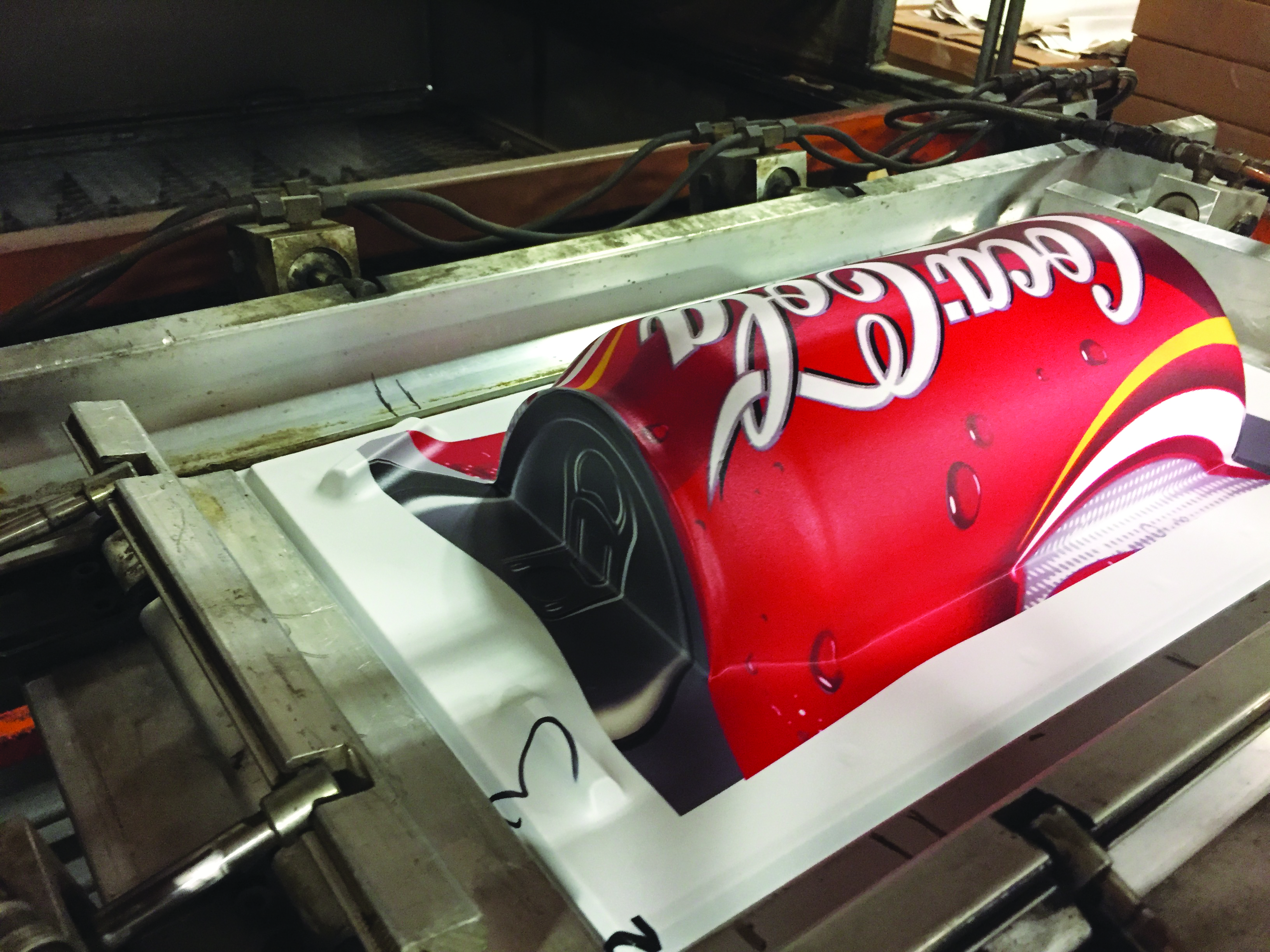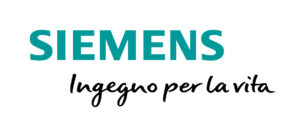
Taking innovation to a whole new level, company owner Andy Wood has let a dedicated production staff re-engineer equipment and reinvent the production workflow to satisfy a diverse group of clients that includes leading fast-food companies and giants of industry. Along the way, Joliet Pattern has built an impressive arsenal of capabilities. This culture of innovation, creativity and invested employees, who had been watching the trending new technologies for years, led to the most recent addition of the EFI™ H1625-SD printer and EFI SuperDraw UV Inks.
Joliet has made it a priority to stay on top of new technologies and production techniques. Wood says the company spends 15% of its production time experimenting with inks, substrates, and printing methods in order to continually “raise the bar” on quality and efficiency. “We don’t want to be followers,” Wood says. “If you follow or stand still these days, you run the risk of falling behind and never catching up.”
Bundled with the EFI industry leading colour profiling process, which facilitates accurate colour matching between digital and screen presses, this gave Joliet the ability to service short-run jobs on the digital equipment, as well as print sample pieces that will go to full production on the company’s screen presses. Joliet will now be able to eliminate several production steps from short-run backlit signage orders. Joliet is using EFI machines to create test prints on semi-rigid materials for vacuum forming, a process that produces complex depressions, elongations and detailed forms on printed substrates. Changes to artwork can now be made and quickly reprinted and formed without one single screen set up.
Additionally, configuring distortion art for conventional screen printing can take as long as a week. Now with the addition of EFI printers, Joliet’s designers can evaluate the grid that is printed along with the image on each prototype to determine how the art will move during distortion. Once they map the art’s movement, the design itself is distorted and the cycle is repeated until design elements align properly with the distortions on the substrate.
Recently Joliet Pattern did five artwork changes in four hours followed by a customer sign off in the same day. This would have never been possible with screen printing. Not to mention the cost of 20 screens that would have to be re-worked. “If a customer can knock that cost out of production, then digital technology will give customers the ability to make the product less expensive and more efficient,” says Wood.














